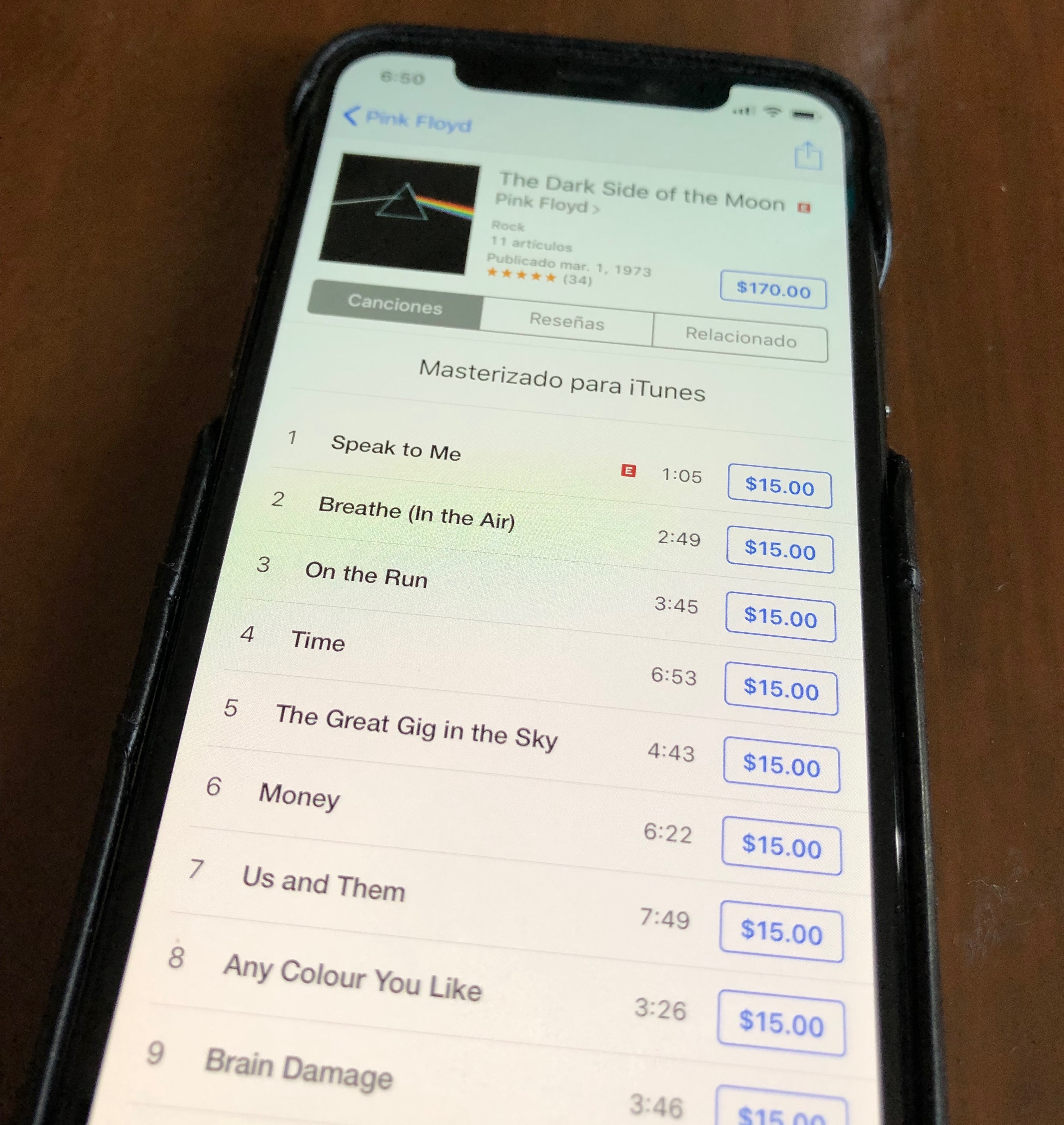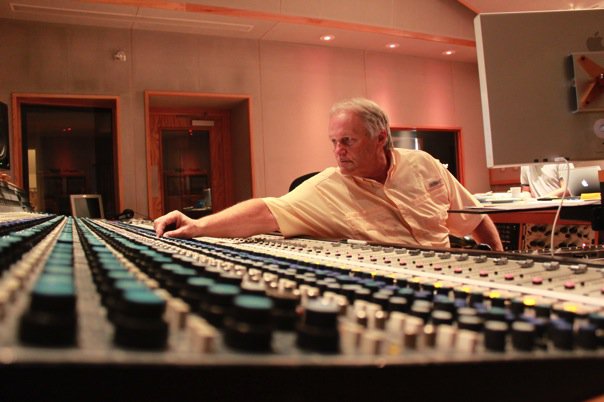|
Marry You
"Marry You" is a song by American singer and songwriter Bruno Mars from his debut studio album, ''Doo-Wops & Hooligans'' (2010). Written and produced by the Smeezingtons, it serves as the record's sixth track and was released as a single outside of the United States. "Marry You" is a pop, doo-wop and soul song. The recording focuses on spontaneous marriage and therefore, since its release, has frequently been used as a proposal song. "Marry You" received generally positive reviews from music critics, with some complimenting its production and its reminiscence of 1960s pop style. Some criticized a perceived lack of creativity. Despite not being released as a single in the US, the song charted at number 85 on the ''Billboard'' Hot 100. It entered the top fifteen of most international markets, reaching number 10 on the Canadian Hot 100, number eight in Australia, the top five in New Zealand, and number 11 in the United Kingdom. The single was certified four times platinum by th ... [...More Info...] [...Related Items...] OR: [Wikipedia] [Google] [Baidu] |
Bruno Mars
Peter Gene Hernandez (born October 8, 1985), known professionally as Bruno Mars, is an American singer, songwriter, and record producer. He is known for his stage performances, retro showmanship, and for performing in a wide range of musical styles, including pop, R&B, funk, soul, reggae, disco, and rock. Mars is accompanied by his band, the Hooligans, who play a variety of instruments, such as electric guitar, bass, piano, keyboards, drums, and horns, and also serve as backup singers and dancers. Born and raised in Honolulu, Hawaii, Mars moved to Los Angeles in 2003 to pursue a musical career. In 2009, he co-founded the production team The Smeezingtons, responsible for various successful singles for Mars himself and other artists. He rose to fame in 2010 buoyed by the success of " Nothin' on You" by B.o.B and "Billionaire" by Travie McCoy, both of which featured his vocals. That year, Mars released his debut studio album '' Doo-Wops & Hooligans'', which blended pop wi ... [...More Info...] [...Related Items...] OR: [Wikipedia] [Google] [Baidu] |
Furt
"Furt" is the eighth episode of the second season of the American musical television series ''Glee'', and the thirtieth episode overall. It was written by series creator Ryan Murphy, directed by Carol Banker, and premiered on Fox in the United States on November 23, 2010. The episode features a guest appearance by actress Carol Burnett as a Nazi hunter and mother of cheerleading coach Sue Sylvester ( Jane Lynch), who shows up for the first time in years, just in time to attend Sue's wedding to herself. The long-anticipated wedding of Burt Hummel ( Mike O'Malley) and Carole Hudson ( Romy Rosemont) is also featured, and the bullying storyline reaches a climax that results in Kurt ( Chris Colfer) transferring from McKinley High to Dalton Academy at the end of the episode. The episode features covers of four songs; they received generally favorable reviews. Three were featured during the Hummel–Hudson wedding sequence, and the two songs by Bruno Mars, "Marry You" and " ... [...More Info...] [...Related Items...] OR: [Wikipedia] [Google] [Baidu] |
Tempo
In musical terminology, tempo ( Italian, 'time'; plural ''tempos'', or ''tempi'' from the Italian plural) is the speed or pace of a given piece. In classical music, tempo is typically indicated with an instruction at the start of a piece (often using conventional Italian terms) and is usually measured in beats per minute The minute is a unit of time usually equal to (the first sexagesimal fraction) of an hour, or 60 seconds. In the UTC time standard, a minute on rare occasions has 61 seconds, a consequence of leap seconds (there is a provision to insert a nega ... (or bpm). In modern classical compositions, a " metronome mark" in beats per minute may supplement or replace the normal tempo marking, while in modern genres like electronic dance music, tempo will typically simply be stated in BPM. Tempo may be separated from articulation and meter (music), meter, or these aspects may be indicated along with tempo, all contributing to the overall texture (music), texture. W ... [...More Info...] [...Related Items...] OR: [Wikipedia] [Google] [Baidu] |
F Major
F major (or the key of F) is a major scale based on F, with the pitches F, G, A, B, C, D, and E. Its key signature has one flat. Its relative minor is D minor and its parallel minor is F minor. The F major scale is: : F major is the home key of the English horn, the basset horn, the horn in F, the trumpet in F and the bass Wagner tuba. Thus, music in F major for these transposing instruments is written in C major. Most of these sound a perfect fifth lower than written, with the exception of the trumpet in F which sounds a fourth higher. (The basset horn also often sounds an octave and a fifth lower.) Notable compositions in F major *Antonio Vivaldi ** Trio sonata Op. 1/5 for two violins and basso continuo, RV 69 ** Violin sonata Op. 2/4, RV 20 ** Violin sonata Op. 5/1, RV 18 ** Violin concerto Op. 3/7 from ''L'estro armonico'', for four violins and orchestra, RV 567 ** Violin concerto Op. 4/9 from ''La Stravaganza'', RV 284 ** Violin concerto Op. 7/10, ''Il ... [...More Info...] [...Related Items...] OR: [Wikipedia] [Google] [Baidu] |
Key (music)
In music theory, the key of a piece is the group of pitches, or scale (music), scale, that forms the basis of a musical composition in classical music, classical, Western art, and Western pop music. The group features a ''tonic (music), tonic Musical note, note'' and its corresponding ''chord (music), chords'', also called a ''tonic'' or ''tonic chord'', which provides a subjective sense of arrival and rest, and also has a unique relationship to the other pitches of the same group, their corresponding chords, and pitches and chords outside the group. Notes and chords other than the tonic in a piece create varying degrees of tension, resolution (music), resolved when the tonic note or chord returns. The key may be in the major and minor, major or minor mode, though musicians assume major when this is not specified, e.g., "This piece is in C" implies that the key of the song is C major. Popular music, Popular songs are usually in a key, and so is classical music during the commo ... [...More Info...] [...Related Items...] OR: [Wikipedia] [Google] [Baidu] |
Common Time
The time signature (also known as meter signature, metre signature, or measure signature) is a notational convention used in Western musical notation to specify how many beats (pulses) are contained in each measure (bar), and which note value is equivalent to a beat. In a music score, the time signature appears at the beginning as a time symbol or stacked numerals, such as or (read ''common time'' or ''four-four time'', respectively), immediately following the key signature (or immediately following the clef symbol if the key signature is empty). A mid-score time signature, usually immediately following a barline, indicates a change of meter. There are various types of time signatures, depending on whether the music follows regular (or symmetrical) beat patterns, including simple (e.g., and ), and compound (e.g., and ); or involves shifting beat patterns, including complex (e.g., or ), mixed (e.g., & or & ), additive (e.g., ), fractional (e.g., ), and irrationa ... [...More Info...] [...Related Items...] OR: [Wikipedia] [Google] [Baidu] |
Time Signature
The time signature (also known as meter signature, metre signature, or measure signature) is a notational convention used in Western culture, Western musical notation to specify how many beat (music), beats (pulses) are contained in each measure (bar (music), bar), and which note value is equivalent to a beat. In a music score, the time signature appears at the beginning as a time symbol or stacked numerals, such as or (read ''common time'' or ''four-four time'', respectively), immediately following the key signature (or immediately following the clef symbol if the key signature is empty). A mid-score time signature, usually immediately following a barline, indicates a change of meter (music), meter. There are various types of time signatures, depending on whether the music follows regular (or symmetrical) beat patterns, including Time signature#Simple, simple (e.g., and ), and Time signature#Compound, compound (e.g., and ); or involves shifting beat patterns, including #C ... [...More Info...] [...Related Items...] OR: [Wikipedia] [Google] [Baidu] |
Blues & Soul
''Blues & Soul'' is a British music magazine, established in 1967 by John Abbey. ''The Independent'' has noted ''Blues & Soul'' as being the equal of magazines such as '' NME'' and '' Q''. ''Billboard'' magazine has called ''Blues & Soul'' "a respected publication." History John Abbey, a devotee of American R&B music, established a magazine entitled ''Home of the Blues'' in 1966. This came about while Abbey was working for a travel agency in London. The magazine went on to publish its own musical charts, cover events and clubs and feature reviews, interviews and other musical articles. ''Blues & Souls R&B charts were compiled via a poll record sales throughout Britain. The publication soon gained further popularity in the UK and Europe covering genres of music such as soul, R&B, Funk, dance, jazz, hip hop, reggae and world music. With issue number 12 the magazine's title was changed to ''Blues & Soul''. In addition to Abbey's contributions, material was provided by write ... [...More Info...] [...Related Items...] OR: [Wikipedia] [Google] [Baidu] |
Music Download
A music download (commonly referred to as a digital download) is the digital transfer of music via the Internet into a device capable of decoding and playing it, such as a personal computer, portable media player, MP3 player or smartphone. This term encompasses both legal downloads and downloads of copyrighted material without permission or legal payment. According to a Nielsen report, downloadable music accounted for 55.9 percent of all music sales in the US in 2012."All music sales" refers to albums plus track equivalent albums. A track equivalent album equates to 10 tracks. By the beginning of 2011, Apple's iTunes Store alone made 1.1 billion of revenue in the first quarter of its fiscal year. Music downloads are typically encoded with modified discrete cosine transform (MDCT) audio data compression, particularly the Advanced Audio Coding (AAC) format used by iTunes as well as the MP3 audio coding format. Online music store Paid downloads are sometimes encoded wit ... [...More Info...] [...Related Items...] OR: [Wikipedia] [Google] [Baidu] |
Stephen Marcussen
Stephen Marcussen is the founder and chief mastering engineer at Marcussen Mastering in Hollywood, California, United States. He has been mastering music since 1979. Biography Marcussen's introduction to music recording happened in 1976 when, at the age of 19, he was offered a janitor position at Studio 55, record producer Richard Perry's Los Angeles recording studio. At Studio 55, Marcussen received an education in all facets of music recording and sound production. By the end of his Studio 55 tenure, he had earned his first album credits as an assistant engineer, working on The Manhattan Transfer's ''Pastiche'', Boz Scaggs's '' Middle Man'', and The Pointer Sisters's '' Special Things''. Marcussen began his mastering career in 1979 at a newly opened mastering facility, Precision Lacquer (later renamed "Precision Mastering"), in Los Angeles. He spent almost 20 years (1979 – February 1999) at Precision Lacquer/Mastering mastering albums for artists that included Stevie Won ... [...More Info...] [...Related Items...] OR: [Wikipedia] [Google] [Baidu] |
Manny Marroquin
Manny Marroquin (born September 21, 1971) is an American mixing engineer.Daley, Dan (May 2005).Manny Marroquin. ''Sound on Sound''. Retrieved February 10, 2007 He has received ten Grammy awards for his professional audio work. Life and career Marroquin's family moved to Los Angeles, California when he was nine due to the Guatemalan Civil War. After graduating from Alexander Hamilton High School in Los Angeles, he began working at Enterprise Studios as a runner and worked his way up to an engineering position. His professional breakthrough came during a late night session when a producer asked him to do a rough mix. The producer was impressed with Marroquin's work and asked him to mix the entire album. As a mix engineer, Marroquin has worked with such well-known artists as Whitney Houston, 2Pac, Pink, John Mayer, Shakira, Maroon 5, Rihanna, Ludacris, Jazmine Sullivan, and Duffy. He won his first Grammy in 2000 for Mary Mary's album, '' Thankful''. In 2004, he received two ... [...More Info...] [...Related Items...] OR: [Wikipedia] [Google] [Baidu] |
Audio Engineer
An audio engineer (also known as a sound engineer or recording engineer) helps to produce a recording or a live performance, balancing and adjusting sound sources using equalization, dynamics processing and audio effects, mixing, reproduction, and reinforcement of sound. Audio engineers work on the "technical aspect of recording—the placing of microphones, pre-amp knobs, the setting of levels. The physical recording of any project is done by an engineer... the nuts and bolts." Sound engineering is increasingly seen as a creative profession where musical instruments and technology are used to produce sound for film, radio, television, music and video games. Audio engineers also set up, sound check and do live sound mixing using a mixing console and a sound reinforcement system for music concerts, theatre, sports games and corporate events. Alternatively, ''audio engineer'' can refer to a scientist or professional engineer who holds an engineering degree and who de ... [...More Info...] [...Related Items...] OR: [Wikipedia] [Google] [Baidu] |

.jpg)


